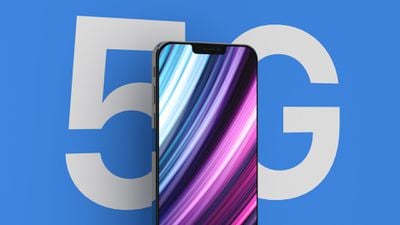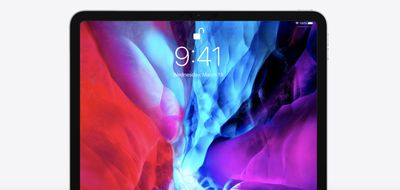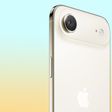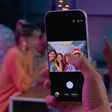Well-connected Bloomberg reporter Mark Gurman recently took questions from followers on Periscope about Apple's product roadmap. Gurman's sources are usually very reliable, and the journalist is known for breaking Apple stories, so we took it as an opportunity to summarize his current expectations of the company in the near term.
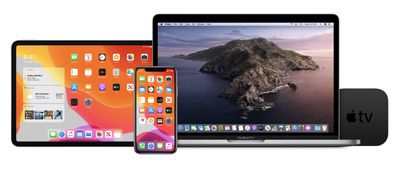
Unsurprisingly, many viewers asked Gurman about the so-called "iPhone 12," Apple's next-generation 5G smartphone lineup due to drop this fall. Apple is expected to offer four iPhones in three different sizes this year: A 5.4-inch iPhone, a 6.7-inch iPhone, and two 6.1-inch iPhones. One 6.1-inch model and the 6.7-inch model will be higher-end iPhones, while the other 6.1-inch iPhone and the 5.4-inch iPhone will be lower-end models and successors to the iPhone 11.
Gurman believes that Apple will add LiDAR cameras to the two higher-end iPhone 12 models, similar to the ones found on its latest iPad Pro models. He also doesn't rule out the possibility of faster 120Hz Pro Motion displays being exclusive to these two devices. Apple already uses variable refresh rate technology in iPad Pro, but they still use LCD panels rather than OLED.
Gurman reiterated reports of an iPad Pro-esque design for this year's flagship lineup, with flat stainless steel edges and a flat screen. He also doubled down on his previous report of a slimmer notch on the iPhone 12. To achieve a more compact package, Gurman said Apple will move the TrueDepth camera's ambient light and proximity sensors together within the notch and relocate the speaker by building it directly into the bezel.
Here are the other main Apple-related takeaways from Gurman's half-hour broadcast:
- Apple plans a "substantial" iMac refresh this year, with a possible redesign in the offing. Gurman says rumors of a 23-inch iMac sound about right.
- Upcoming 14-inch MacBook Pro will mirror design changes seen in Apple's 16-inch MacBook Pro, such as increased screen size and scissor-switch keys.
- "Stay tuned" for more on Apple's plans for ARM-powered Macs.
- Gurman says there's a dedicated team at Apple tasked with "saving the HomePod" after lackluster sales. To that end, the rumored smaller, cheaper HomePod coming this year will also feature big improvements to Siri.
- New Apple TV coming this year, but unlikely to be 8K.
- 16-inch MacBook Pro refresh expected around October-November.
- Apple still working on a viable AirPower device.
- Apple Watch Series 6 coming later this year to support sleep tracking.
- AirTags expected later this year to be pitched as a premium product and may come in a leather case.
- Modular high-end over-ear Apple headphones still expected this fall.
- Apple's vehicle development division still focused on self-driving technology.
- Under-screen fingerprint technology not coming to iPhone this year.
- Gurman doesn't think rumors about Xcode for iOS are true. (The source of the rumor, leaker Jon Prosser, has since reiterated his confidence in the claim.)
Asked what he was most excited about from Apple, Gurman mentioned the company's ongoing development of an augmented reality headset.
For all the latest rumors on upcoming Apple products, don't forget to check out our dedicated product roundups at the top of the page.


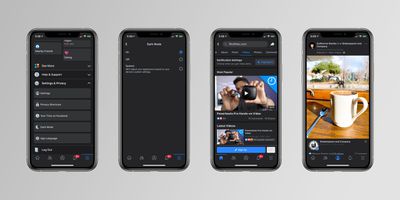
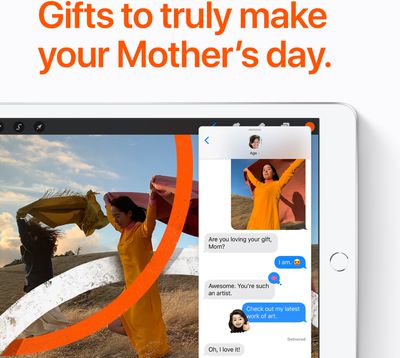
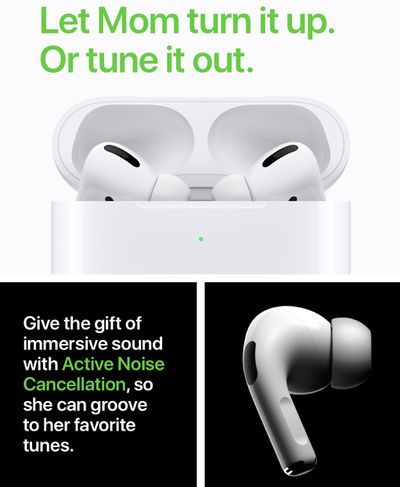
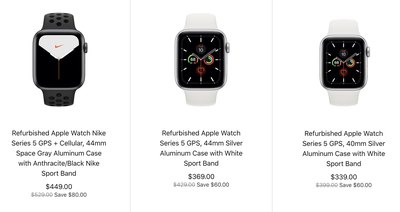
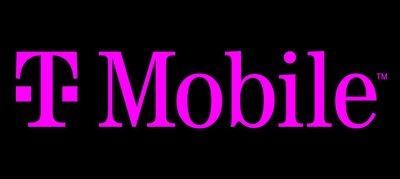


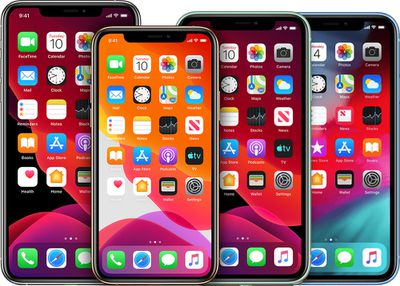
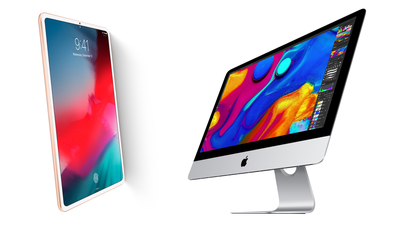
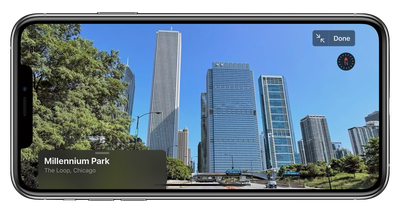
 Note: MacRumors is an affiliate partner with Amazon. When you click a link and make a purchase, we may receive a small payment, which helps us keep the site running.
Note: MacRumors is an affiliate partner with Amazon. When you click a link and make a purchase, we may receive a small payment, which helps us keep the site running.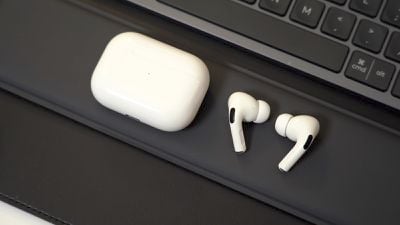

 Note: MacRumors is an affiliate partner with Amazon. When you click a link and make a purchase, we may receive a small payment, which helps us keep the site running.
Note: MacRumors is an affiliate partner with Amazon. When you click a link and make a purchase, we may receive a small payment, which helps us keep the site running.